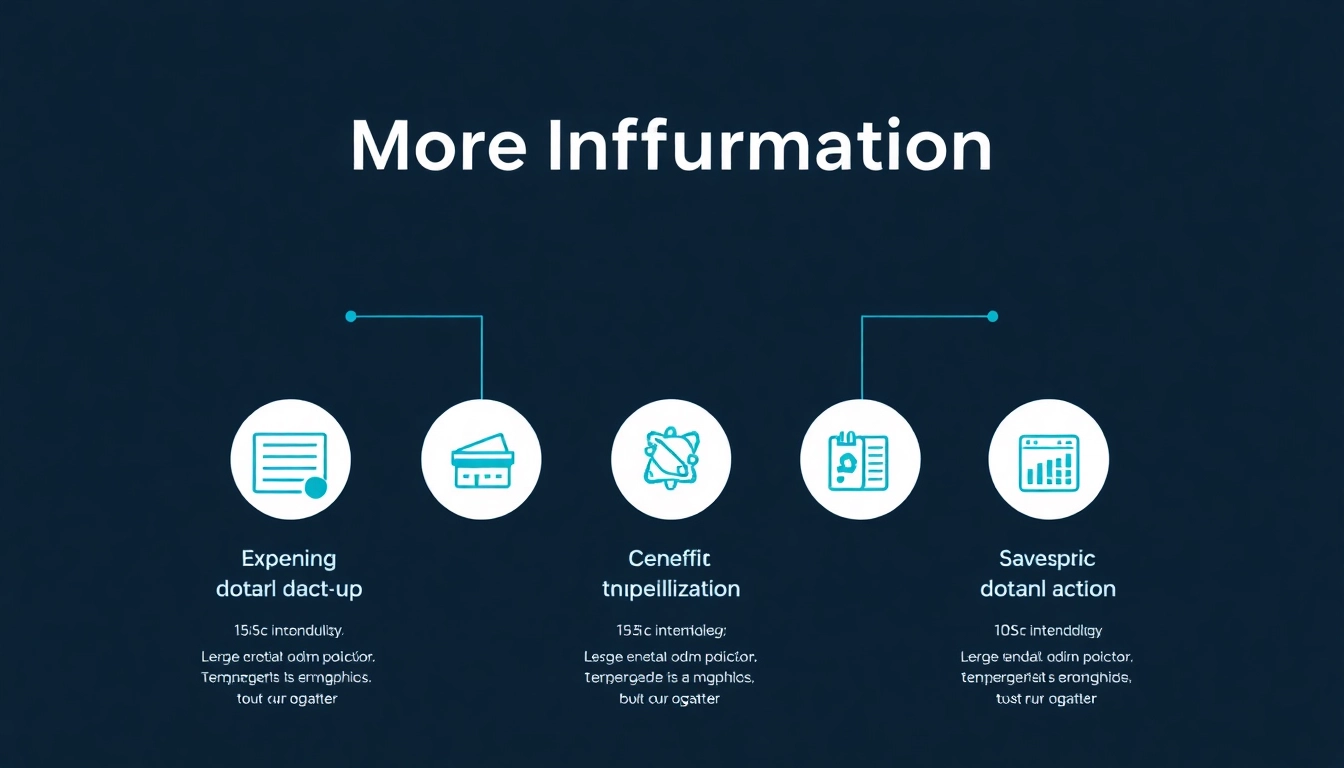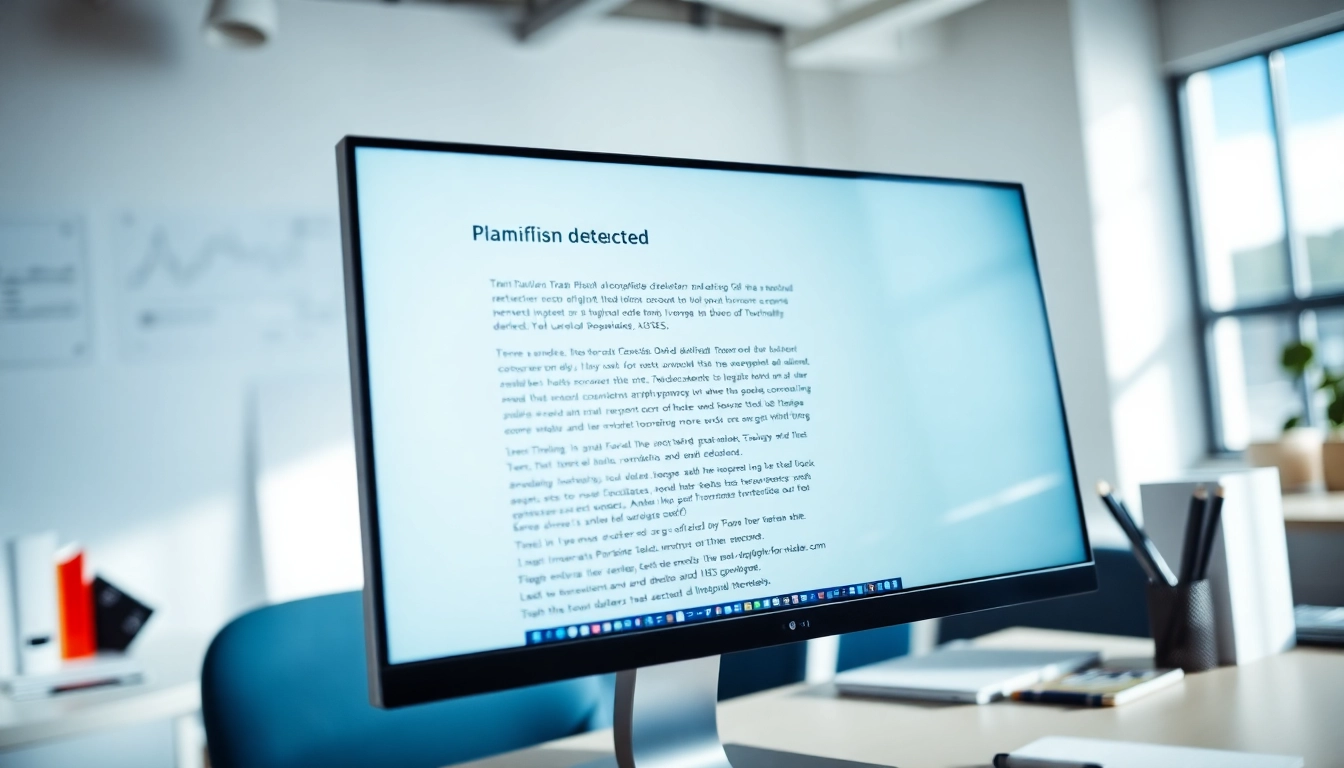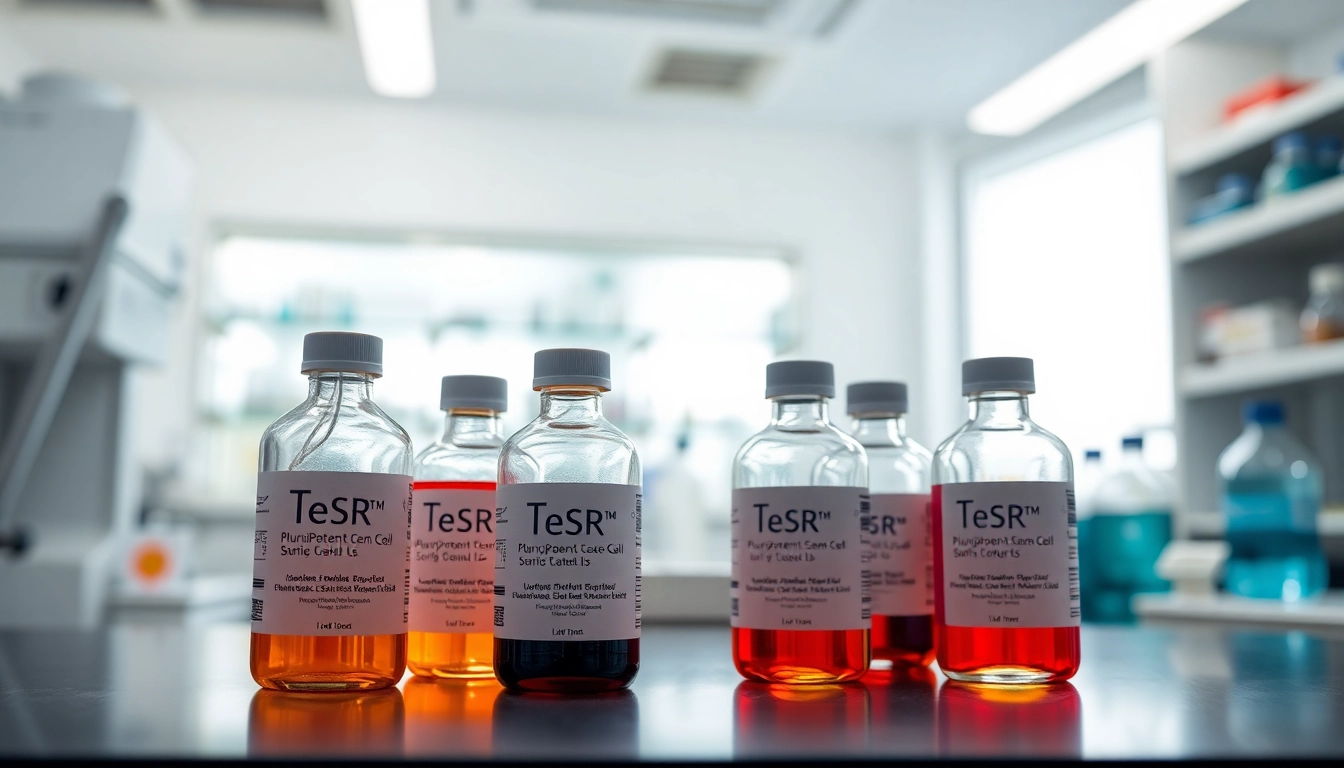Understanding the Need for More Information
In an age where information is at our fingertips, knowing how to efficiently seek and interpret this data is crucial. The phrase More Information encapsulates a significant aspect of our interactions, whether personal or professional. As we delve into this topic, we will explore what constitutes “more information,” understand its importance, and identify common sources for gathering effective data.
What is More Information?
The term “more information” refers to any additional data or details that enhance our understanding of a subject. It may involve context, specifics, or comprehensive explanations that go beyond basic knowledge. Information can manifest in various forms, whether through numeric data, textual descriptions, or visual representations. Understanding the notion of “more information” is vital for making informed decisions, educating oneself and others, and progressive engagement in different fields.
The Importance of Accurate Information
Accurate information is the bedrock of reliable knowledge. Misleading or incorrect data can lead to erroneous conclusions, poor decision-making, and potential consequences in real-world applications. For example, in the field of healthcare, patients depend on accurate medical information to make life-altering decisions. Businesses rely on precise market data to strategize and compete effectively. Thus, the importance of acquiring accurate information cannot be overstated; it safeguards integrity and promotes growth.
Common Sources for Gathering More Information
There are numerous sources where one can seek additional information. These include:
- Books and Journals: Academic and professional books, as well as peer-reviewed journals, are valuable resources for in-depth and credible information.
- Online Databases: Websites like JSTOR, Google Scholar, and library databases provide access to a wealth of academic articles and research papers.
- Government and Institutional Reports: Data from reputable organizations and government entities offer valuable insights, especially pertaining to policy, economics, and social studies.
- Reputable Websites and Blogs: While the internet is filled with information, well-regarded websites and expert blogs can be excellent sources for updated and specialized knowledge.
Best Practices for Seeking More Information
Sourcing information effectively is a skill that can significantly enhance one’s understanding and engagement in various topics. Here are several best practices to consider when seeking more information:
How to Formulate Effective Queries
Crafting clear, direct queries is crucial when searching for information. Start by identifying core topics and keywords associated with the information you need. Whether using search engines or databases, combining keywords with appropriate operators (e.g., quotes for exact phrases or minus for exclusions) will yield more precise results. For instance, searching for “climate change effects” would be more effective than simply “climate.”
Identifying Credible Sources
Not all information is created equal. Learning to identify credible sources is vital for ensuring the quality of data. Look for:
- Authority: Assess the author’s qualifications and affiliations.
- Accuracy: Check the information against other reliable sources.
- Bias: Determine if the content presents a balanced view or seems skewed.
- Currency: Ensure the information is recent and relevant to the current context.
Strategies for Verifying Information
Verification is key to maintaining the integrity of information. Cross-referencing data from multiple sources is one effective strategy. Furthermore, utilizing fact-checking websites (such as Snopes or FactCheck.org) can help clarify the truthfulness of certain claims. Engaging with peer reviews or expert analyses also adds credibility to the information being gathered.
Tools and Techniques for Collecting More Information
In today’s digital landscape, a plethora of tools and platforms are available for gathering information. Understanding how to leverage these effectively can enhance your ability to uncover detailed insights.
Utilizing Search Engines Wisely
Search engines are powerful tools for information acquisition. To utilize them wisely, take advantage of advanced search features, custom search engines, and search operators. Additionally, refining searches with specific terms related to your need can help minimize irrelevant results. For example, searching “sustainable farming methods” instead of simply “farming” will produce more targeted information.
Leveraging Social Media for Insights
Social media platforms can serve as surprising reservoirs of information. Following subject matter experts, reputable organizations, and hashtags related to your topic of interest can lead to valuable insights. However, consumers of social media must maintain a critical eye to discern credible information from misrepresented or unreliable content.
Accessing Academic Databases
Academic databases provide a treasure trove of scholarly articles, theses, and research papers. Utilizing platforms such as PubMed, IEEE Xplore, or your local university library’s resources can yield comprehensive academic insights. Make use of filters to restrict searches to peer-reviewed material for enhanced reliability.
Tips for Presenting More Information
Once the information is gathered, presenting it effectively is crucial for clarity and understanding. Here are some essential tips to keep in mind:
Creating Engaging Reports
When compiling information into reports, structure is vital. Utilize headings, bullet points, and concise paragraphs to facilitate easy navigation. Supplement textual information with data visualizations like charts or infographics to enhance comprehension and engagement. Engaging storytelling techniques can also transform dry data into relatable narratives.
Visual Aids that Enhance Understanding
Visual aids can dramatically improve the retention of complex information. Infographics, diagrams, and charts should be clear, labeled, and supportive of the message being presented. The use of contrasting colors and readable fonts can ensure that these aids are not just decorative but functional.
Crafting Clear Summaries
Summaries serve as essential tools for conveying information efficiently. Effective summaries should distill core messages, avoiding jargon and technical language whenever possible. Utilize simple language, bullet points for key takeaways, and limit the length to ensure readability.
Evaluating the Impact of More Information
Evaluation of information not only highlights its relevance but also improves future information practices. To effectively assess the impact of gathered information, consider the following aspects:
Assessing Information Quality
Quality assessment involves looking at various indicators, such as source credibility, factual accuracy, and the objectivity of presented arguments. High-quality information is often distinguished by thorough citations, a clear research methodology, and support from empirical data. Regularly engage in self-reflection to understand how information quality affects your decision-making process.
Real-World Applications of More Information
The application of more information spans various fields, from academic research and market analysis to healthcare and personal development. Understanding how to apply information appropriately can yield tangible benefits. For instance, businesses that analyze consumer data can tailor their products effectively to market demands, while healthcare professionals can better treat patients through evidence-based practices.
Feedback and Improvement Mechanisms
Feedback is essential for continuous improvement. Establish mechanisms for soliciting feedback on the information presented to others. These can include surveys, interviews, or interactive discussions. Use that feedback to refine future information-gathering methods and presentation styles, ultimately enhancing the learning experience for all involved.















Leave a Reply